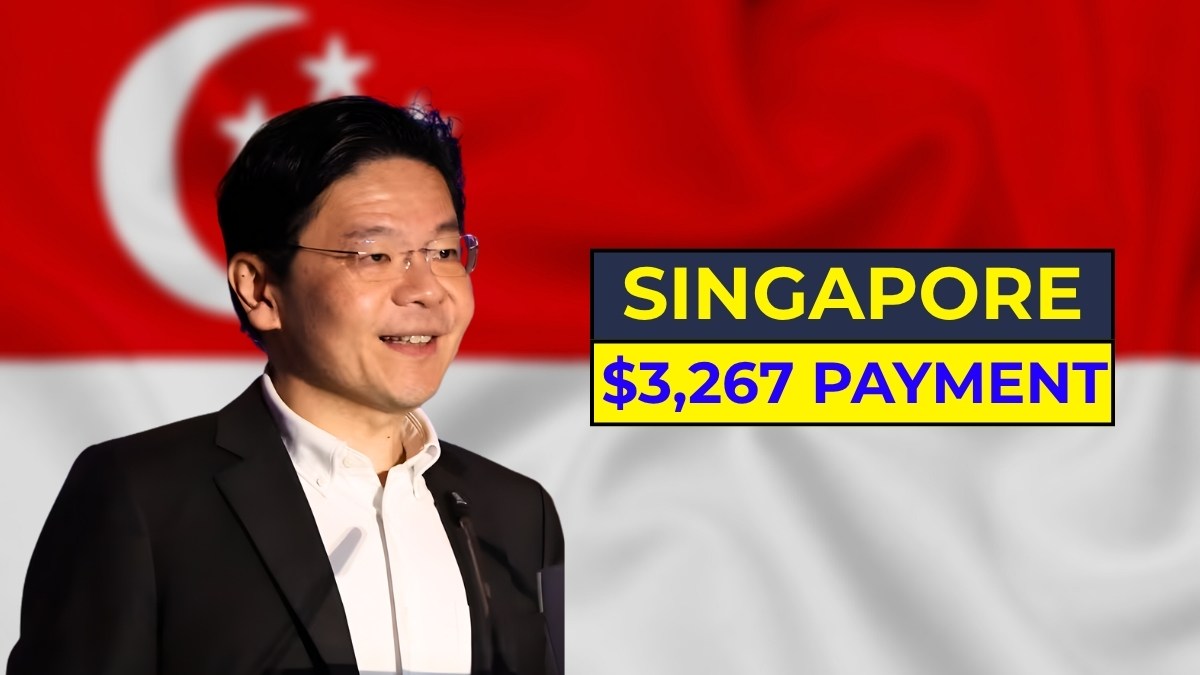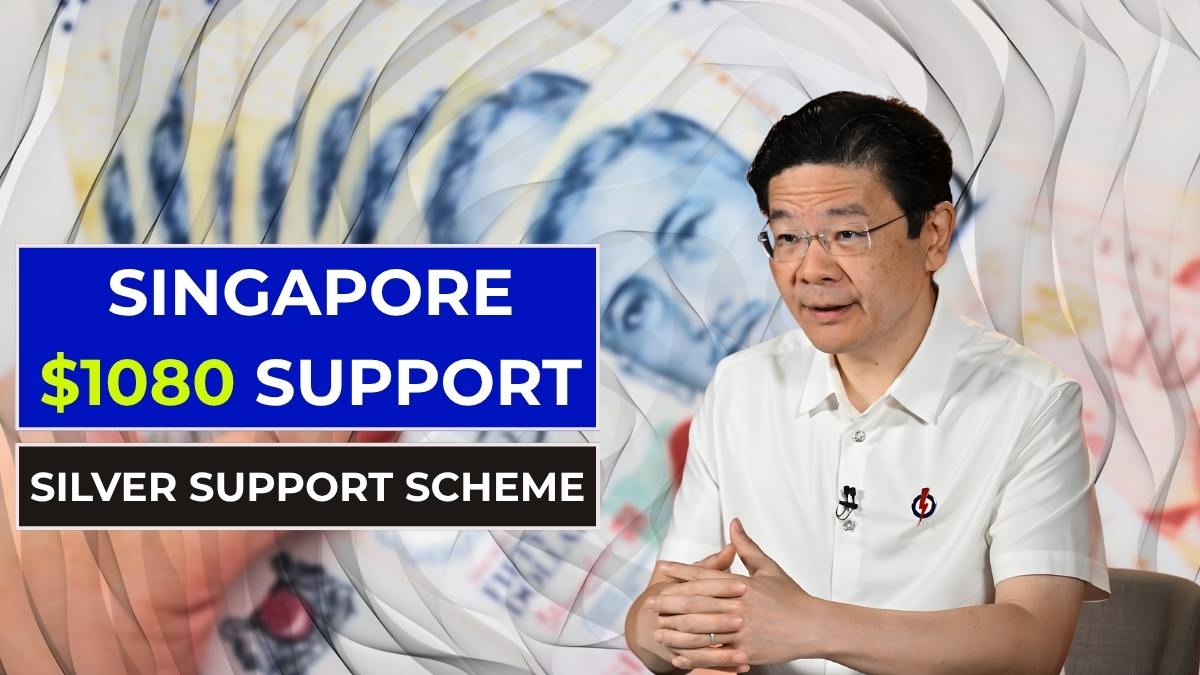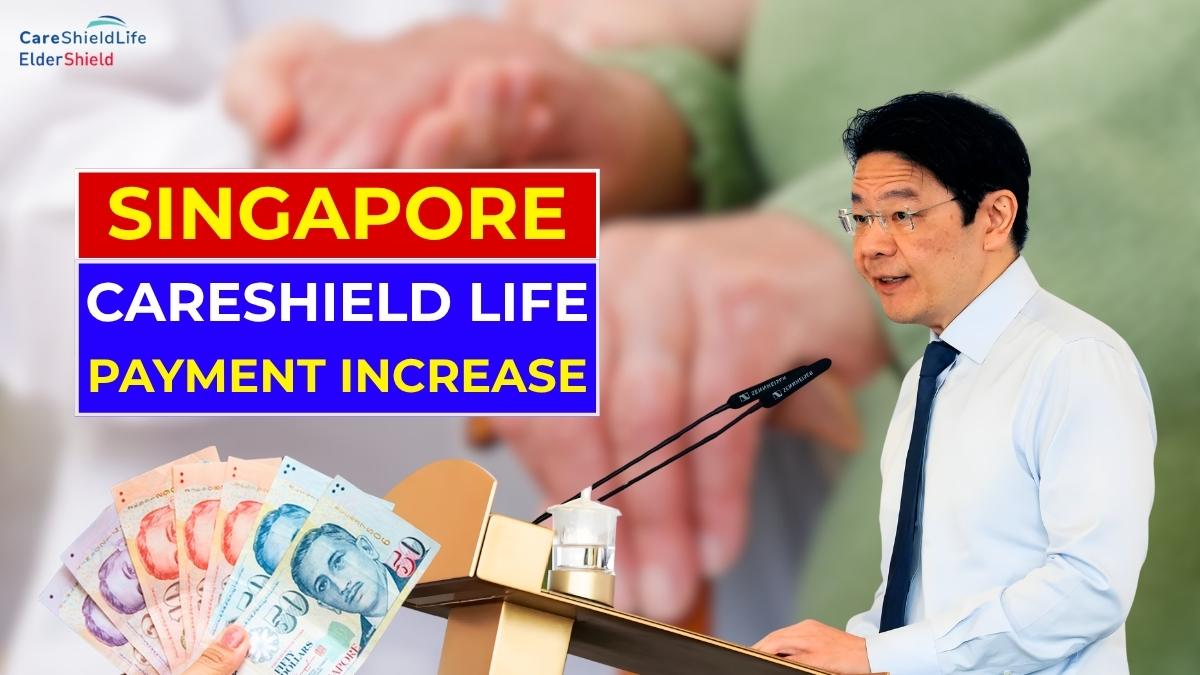The Workfare Income Supplement (WIS) scheme in Singapore continues to strengthen support for lower-income earners by enhancing both income supplements and MediSave savings. With the 2025 updates, the maximum annual payout has been increased to $3,267, representing a significant improvement in financial aid for self-employed individuals (SEPs) and platform workers.
This increase aims to ensure financial stability for Singaporeans engaged in flexible and independent forms of work, such as delivery driving, private hire services, or freelance trades. The enhanced payout reflects the government’s ongoing commitment to reduce income inequality while encouraging active work participation and long-term healthcare savings.
Starting in 2025, platform workers will receive monthly WIS payouts, while self-employed persons will continue to receive annual payments. The following sections explain the complete eligibility requirements, payment structure, and timelines under the new $3,267 WIS update.
Overview of the WIS Scheme
The Workfare Income Supplement (WIS) is a long-term initiative by the Singapore government that provides cash and MediSave top-ups to support lower-income workers. It not only boosts disposable income but also enhances future financial security through healthcare and retirement savings.
The 2025 WIS enhancement introduces higher payout limits and expanded eligibility to ensure that more working Singaporeans, especially those in non-traditional employment, benefit from the scheme.
Eligibility Criteria for Self-Employed and Platform Workers
Both self-employed persons and platform workers in Singapore share largely similar eligibility requirements under the enhanced 2025 WIS framework.
To qualify for the Workfare Income Supplement, the individual must:
- Be a Singapore Citizen.
- Be 30 years old or older as of 31 December of the work year, or be a person with disabilities (PWD) of any age.
- Earn a monthly income between $500 and $3,000 (average monthly income for SEPs; current-month income for platform workers).
- Live in a property with an annual value of $21,000 or below, as assessed on 31 December of the preceding year.
- Own not more than one property.
- If married, the combined property ownership of both spouses must not exceed one, and the spouse’s assessable income must not exceed $70,000 in the preceding Year of Assessment.
- Self-employed persons must have declared their Net Trade Income (NTI) and made the required MediSave contributions.
- For platform workers, eligibility will be automatically assessed through income data submitted by their platform operators.
Concessionary WIS Eligibility
Even if they earn below $500 monthly, the following groups still qualify for WIS under concessionary conditions:
- Persons with disabilities (PWDs).
- Caregivers of permanently disabled persons living in the same household.
- Recipients of ComCare Short-to-Medium-Term Assistance.
This ensures that individuals with special circumstances are not excluded from essential income and healthcare support.
WIS Payment Amounts (2025 Update)
Under the enhanced WIS scheme, both self-employed persons and platform workers will receive the same maximum annual payout, depending on their age group.
| Age Group | Maximum Annual WIS (From 1 Jan 2025) |
|---|---|
| 30–34 years | $1,633 |
| 35–44 years | $2,333 |
| 45–59 years | $2,800 |
| 60 years and above / Persons with disabilities | $3,267 |
Out of the total payment, 10% is given in cash while 90% goes into the recipient’s MediSave account. This balance helps improve immediate financial stability while building long-term savings for healthcare and retirement. The cash portion is usually credited to a PayNow-NRIC-linked bank account, or to a registered government benefits bank account or via GovCash if no bank details are available.
Payment Schedule and Process
For self-employed persons, the WIS is disbursed once per year based on the income earned in the previous work year. Those who declare their income and make MediSave contributions by 31 March can expect to receive their payments by the end of April. If the process is completed later, the payout will be made within two months of fulfilling the MediSave contribution requirement. For instance, self-employed work completed in 2024 and declared by March 2025 will result in payment by April 2025.
For platform workers, however, the system will change significantly in 2025. Starting from March 2025, payments will be made monthly because CPF contributions will be deducted automatically by platform operators. The government has established a clear disbursement schedule to ensure timely payments.
| Month Worked | PayNow/Bank Crediting | GovCash Payout |
|---|---|---|
| January | End March | 1st week of April |
| February | End April | 1st week of May |
| March | End May | 1st week of June |
| Month X | End of Month (X+2) | 1st week of (X+3) |
By 2029, when CPF contribution rates for platform workers are fully aligned with employees, their WIS payments will match those of salaried workers.
Steps to Qualify and Receive WIS
Step 1: Declare Your Income
From Work Year 2023 onwards, self-employed individuals must declare their Net Trade Income (NTI) through IRAS.
- If notified by IRAS, file your tax return between 1 March and 18 April.
- If not notified, submit the declaration voluntarily via the myTax Portal between 1 March and 31 October.
Platform workers do not need to make declarations separately, as income is automatically reported by their platform operators.
Step 2: Contribute to MediSave
To qualify for WIS, MediSave contributions must be made based on NTI. For those earning above $6,000, the contribution rate depends on income level.
For those earning $6,000 or below, a fixed contribution applies:
| Age Group | Minimum MediSave Contribution |
|---|---|
| 30–34 years | $240 |
| 35–44 years | $270 |
| 45–49 years | $300 |
| 50 years and above | $315 |
These contributions must be made within two years after the work year to remain eligible.





